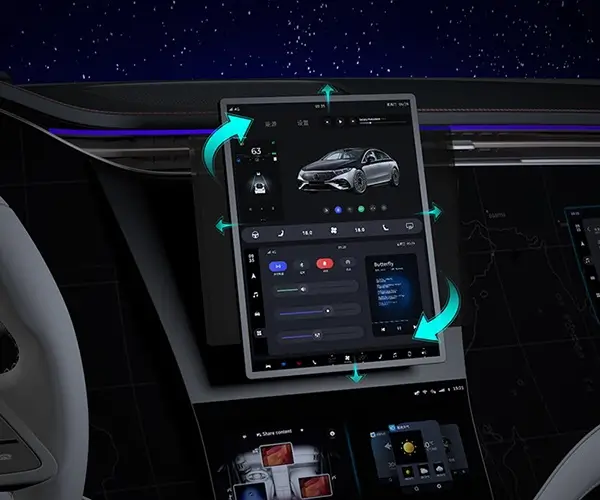Imagine a robot arm so adaptable it feels almost like an extension of your own hand. That’s what “joint types robotics” brings to the table—flexibility, precision, and a dash of futuristic charm. It’s no secret that in today’s rapidly evolving manufacturing world, having a robotic solution that can change with your needs is gold.

The beauty of joint types in robotics lies in their ability to mimic human movements—sometimes more smoothly, sometimes with greater strength. You’ve probably seen arms that can twist, bend, and rotate with such ease, it’s almost hypnotic. The secret sauce? Different joint configurations tailored to specific tasks. Think about rotary joints that deliver a full 360-degree spin, or linear joints that slide with precision. When these work together, it’s like a ballet on the factory floor, where each move is calculated, efficient, and sometimes surprisingly elegant.
Why does this matter? Because in a world where customization rules, a robot with versatile joints can switch from delicate assembly operations to heavy lifting without needing a total overhaul. For instance, a joint designed for high torque provides the strength for demanding tasks, while lightweight joints keep speed high and energy use low. The practicality is undeniable—machines that adapt mean less downtime, fewer investments in new hardware, and a quicker return on your automation bucks.
Let’s imagine a scenario: a small automotive parts manufacturer needs to assemble different models throughout the day. A robot equipped with modular joint types can handle these shifts effortlessly—switching from precise fine-tuning for one car model to robust assembly for another. It’s like having a Swiss Army knife, but in robotic form. And that’s the kind of agility that keeps production lines moving smoothly, no matter what changes come knocking.
People ask, “Are these joint types durable enough for long-term use?” When crafted with the right materials—stainless steel, advanced composites—they stand up under tough conditions. Plus, with clever design, maintenance becomes a breeze rather than a headache. Low downtime, high productivity—that’s the kind of reassurance you get from top-notch joint robotics.
Innovation in joint design also unlocks smarter control. Sensors integrated into joints give real-time feedback, allowing for more nuanced movements. This isn’t just about brute force but about finesse. Whether it’s assembling micro-components or handling fragile items, the right joint combination can be fine-tuned to perfection.
What makes this technology stand apart? It’s the blend of adaptability, resilience, and efficient design that makes joint types robotics more than just a tool—it's an extension of your operational creativity. The future isn’t just getting smarter; it’s getting more flexible. And if you’re serious about staying ahead, understanding the power of joint configurations is probably one of the smartest moves you can make.
Kpower has delivered professional drive system solutions to over 500 enterprise clients globally with products covering various fields such as Smart Home Systems, Automatic Electronics, Robotics, Precision Agriculture, Drones, and Industrial Automation.




































